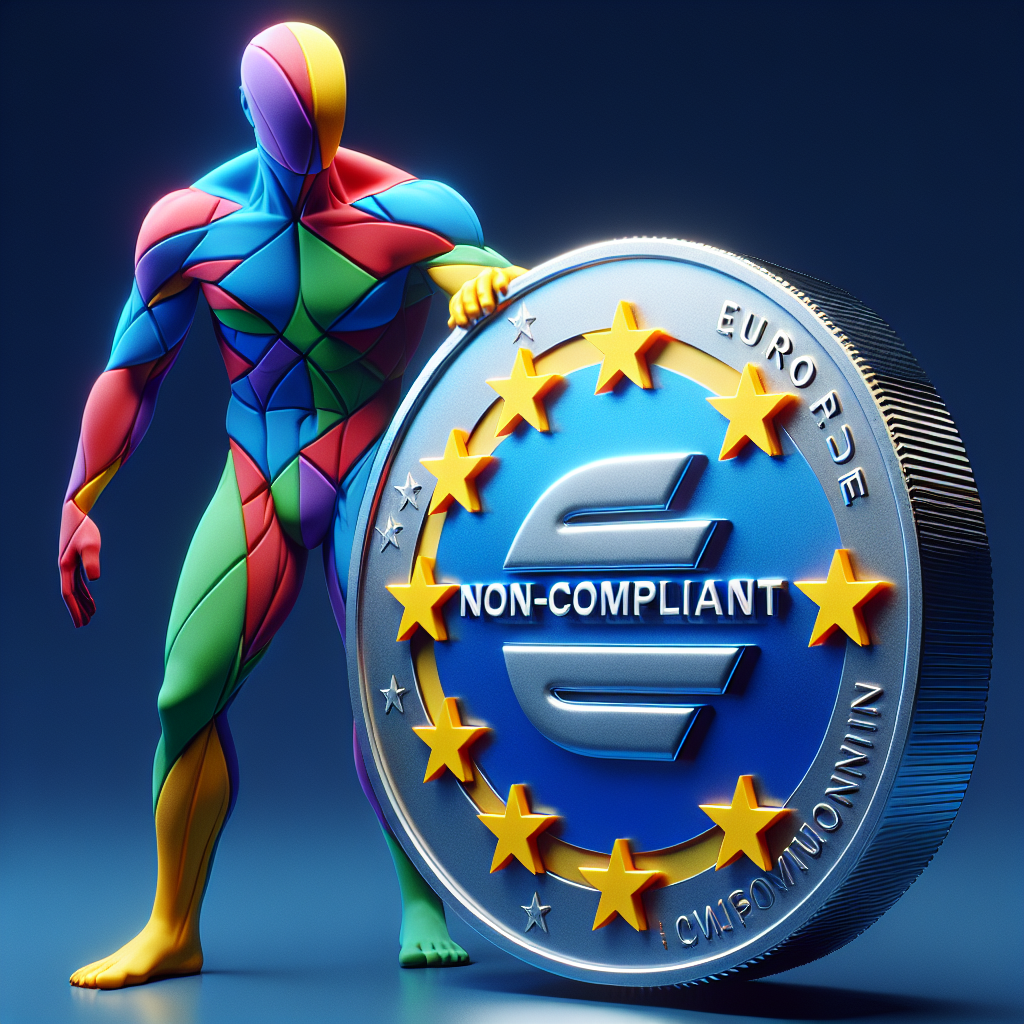The European Union is making strides in the regulation of stablecoins, digital currencies that are designed to minimize the volatility seen in cryptocurrency prices because they are pegged to a reserve of assets. According to an EU regulator, the bloc could implement restrictions on stablecoins that are not compliant with the incoming Markets in Crypto-Assets (MiCA) regulations.
MiCA is a proposed EU regulation designed to manage crypto-assets risk across the EU, including stablecoins. It aims to provide legal certainty, consumer protection, and ensure financial stability. Among other things, it will require issuers of significant stablecoins, termed ‘e-money tokens’, to become a credit institution or an electronic money institution.
The European Union’s approach to stablecoins is seen as a key part of its wider approach to crypto-assets and the digital finance package. The European Commission has stated that MiCA will ensure that EU consumers and businesses have access to a broad range of high-quality crypto-assets while ensuring consumer protection and financial stability.
As for non-MiCA compliant stablecoins, they will likely face restrictions within the EU. The EU regulator mentioned that certain stablecoins could be banned if they do not comply with the MiCA regulations. However, it is not clear yet which stablecoins could be affected or how severe the restrictions might be.
These potential restrictions highlight the EU's commitment to ensuring that stablecoins, and crypto-assets more generally, are used in a manner that promotes financial stability and protects consumers. This approach is in line with global trends, as regulators worldwide are increasing their scrutiny of stablecoins due to concerns about monetary policy interference, financial stability, and consumer protection.
In conclusion, the EU's approach to stablecoin regulation is becoming clearer with the anticipated arrival of MiCA regulations. Non-compliant stablecoins could face restrictions, demonstrating the EU's commitment to consumer protection and financial stability in the crypto-assets market.




